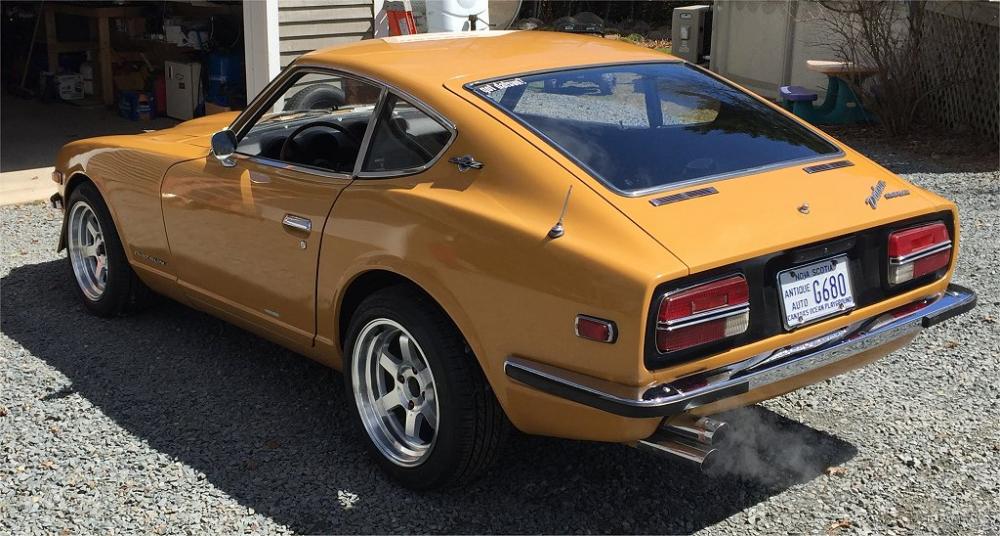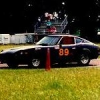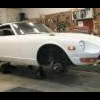Hi All,
I'm saying hello from rainy England, and hoping to tap into this forum as a great resource of information and people.
I'll start by saying that I don't own a Z car and never have although its been my dream classic for quite some time now. Ever since I saw the below linked video on Petrolicious (a couple of years ago now) I decided that I had to have a 240Z. I'm heavily into my MR2's with a 1996 gen3 JDM Turbo model which I've spent the last couple of years transforming my car from stock into a fast road car, and have loved every moment of it (most of the time :-D). This car continues to be used on a daily basis however I've been wanting to get into the classic/vintage car scene for a while with something of an older generation.
Ever since I was a kid petrol has flowed through my veins with both me and my dad attending all sorts of car events and meets throughout my life, eventually getting my own hands on my own cars of which I am the current custodian. My dad runs a 1962 Austin Healey 3000 mk2a which inevitably got me into classic cars, we've both enjoyed that car for the last eight years and continue to enjoy it to this day, but I've decided its my turn to join the party so to speak. The 240z seems to be everything I want from a classic sports car with stunning looks, strong performance (for its age), reliability, JDM design etc. I've been saving money as and when possible, however we realized with the way values have gone that I'd need a helping hand to make the dream a reality, so we've decided to make it a father son project and go half's on budget.
So what am I looking for? I'm being quite fussy but knowing the time, effort and money that we plan to devote to this project I want to get it just right. We're looking at mainly project cars so we can spec it to our preference, however if the right car came up then I wouldn't say no. The plan is to restore a car as a period styled racer albeit it will be mainly used as a road car.
My main 3 criteria are as follows:
- Series 1 car, wither 1970 or 71
- Original matching No.'s engine
- Colour (Color), factory 918 Orange
I'm not sure how many cars would have been produced to this spec, or for that matter how many are left like that however that's my starting point. I can compromise on colour (color) assuming the car needs a full respray however I would really like to find a series one matching no.'s car. I'm looking at West Coast cars and I've got a budget of $30,000 to purchase and restore the car to my spec car before arranging to have the car shipped back to the UK.
So question time now to you guys, the experts.
- How optimistic am I being with my requirements?
- Is my budget reasonable?
- Are there any resources I should really be reading? (other than general internet articles)
- Are there any contacts worth getting in touch with to help with my search?
- Where should I be searching to find cars? I've been trying ebay, craigslist, zcartrader.com, hemmings albeit with limited success.
Sorry for all the questions and info at once but would really appreciate all the help and info I can get!
Cheers, Mark











.thumb.jpg.fafd4cabff5d443fce5213de8a3abe58.jpg)

